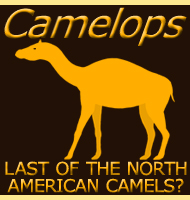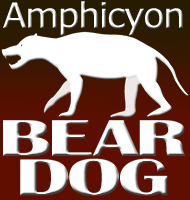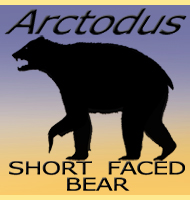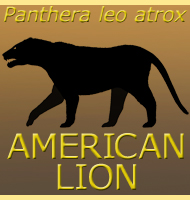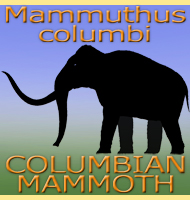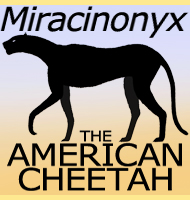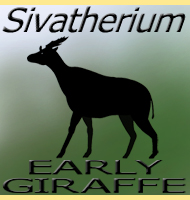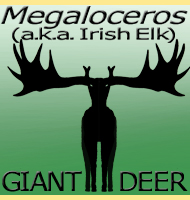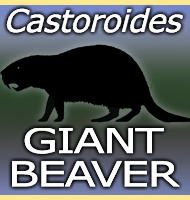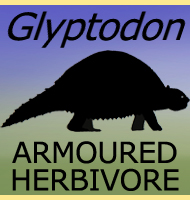


Hipparion
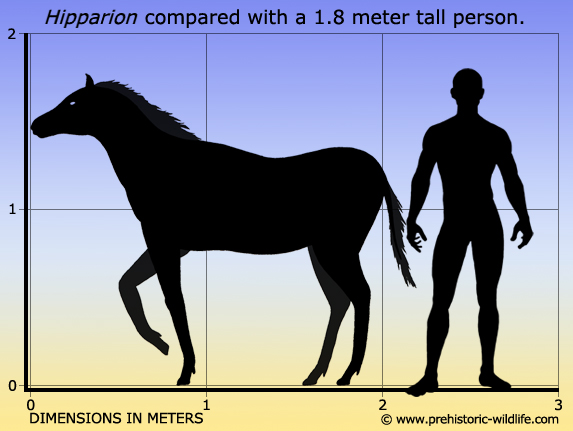
Name: Hipparion
(Pony).
Phonetic: Hip-pa-re-on.
Named By: de Christol - 1832.
Synonyms: Hemihipparion, Stylohipparion.
Classification: Chordata, Mammalia,
Perissodactyla, Equidae.
Species: H. concudense, H. crassum,
H. dietrichi, H. fissurae, H. forcei, H. gromovae, H.
laromae, H. longipes, H. macedonicum, H. matthewi, H.
mediterraneum, H. molayanense, H. periafricanum, H.
rocinantis, H. sellardsi, H. shirleyae, H. tehonense,
possibly others.
Diet: Herbivore.
Size: Around 1.4 meters high at the shoulder.
Known locations: Across Africa, Asia, Europe and
North America.
Time period: Aquitanian of the Miocene through to
the Calabrian of the Pleistocene.
Fossil representation: Hundreds of specimens.
Hipparion
was
one of the earlier grazing horses that was similar to Merychippus
in
form. Like other ‘advanced’ horses of the Miocene, Hipparion
supported its body weight upon a single toe that ended with a hoof.
Other toes were also still present upon either side of this toe, but
they had become so reduced in size that they did not even touch the
ground. In later forms like Pliohippus
the toes would be virtually
absent.
The
key to fame for Hipparion
is the amazing success that this genus exhibited. Although perhaps
nothing special in terms of appearance, Hipparion
appeared at the
start of the Miocene period and continued to thrive until well into the
mid Pleistocene, surviving for some twenty-two million years. In
the space of this time Hipparion colonised most of
the major continents
with the exception of Antarctica, Australia and South America. The
former two were separated by sea preventing land animals from
colonising these continents. South America was not joined to North
America until the creation of the Isthmus of Panama in the late
Pliocene, and since North American remains of Hipparion
are dated to
the end of the Miocene at latest, it’s probable that Hipparion
was
not around in this continent at a time to take part in the Great
American Interchange which saw a mixing of previously isolated
animals, thus missing the chance to colonise South America as well.
Hipparion
would have been a
horse of open plains and steppe, a far cry from its browsing
ancestors that would have lurked amongst the bushes hiding from
predators. The key adaption that Hipparion had
for these habitats
were high crowned teeth that were better suited for processing grasses
which would have formed the most abundant type of plant that also
readily replenished itself.
Despite
its success after the
Miocene, Hipparion was living in a world that saw
the emergence of
more advanced horses, all the way up to the point where the modern
forms began to appear. These new forms as well as other new grazing
animals such as mammoths would have meant increased competition for the
same resources that Hipparion used. There is of
course the
consideration of the emergence of new predators such as cave hyena
which seems to have actively hunted horse by the greater numbers of
horse remains compared to other animals found in association with
them. All of these new animals appearing would have gradually edged
Hipparion into extinction long before the near total
disappearance of
the megafauna at the end of the Pleistocene.
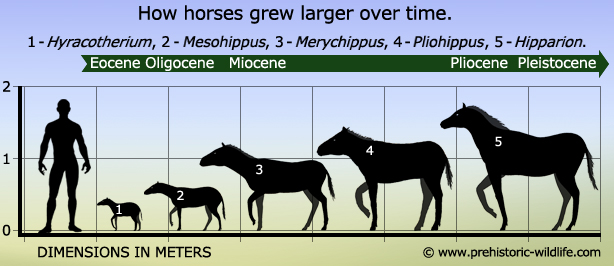
1 - Hyracotherium, 2 - Mesohippus, 3 - Merychippus, 4 - Pliohippus, 5 - Hipparion.
Further reading
- Lower Pliocene horses from Black Hawk Ranch, Mount Diablo,
California. - University of California Publications, Bulletin of the
Department of Geological Sciences 28(1):1-44. - K. A. Richey - 1948.
- [Pliocene vertebrates of Lantain, Shensi]. - Professional Papers of
Stratigraphy and Palaeontology 7:149-200. - T.-S. Liu, C.-K. Li
& R.-J. Zhai - 1978.
- The Miocene Horse Hipparion From North America
and From Type Locality
in Southern France - Palaeontology, vol23 part 3 pp. 617-635. - Bruce
J. MacFadden - 1980.
- Systematics and phylogeny of Hipparion, Neohipparion,
Nannippus, and
Cormohipparion (Mammalia, Equidae) from the Miocene
and Pliocene of the
New World. - Bulletin of the American Museum of Natural History
179(1):1-195. - B. J. MacFadden - 1984.
- New species of Hipparion from La Roma 2 (Late
Vallesian; Teruel
Spain): a study of the morphological and biometric variability of
Hipparion primigenium. - Journal of Paleontology 80(2):343-356. - M. D.
Pesquero, M. T. Alberdi & L. Alcal� - 2006.
----------------------------------------------------------------------------
Random favourites
 |
 |
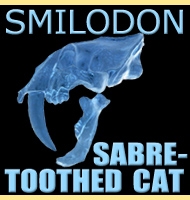 |
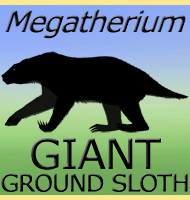 |
